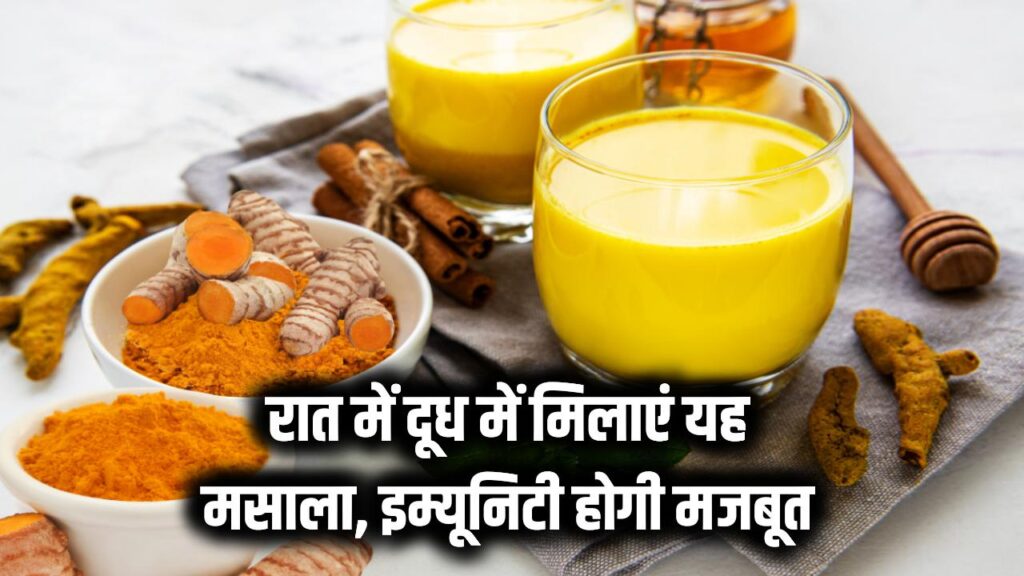ताज़ा खबर

राशन कार्ड धारकों के लिए बड़ी खबर, इस महीने मिलेगा गेहूं, चावल और तेल, जानें किस तारीख़ को होगा वितरण
यूटिलिटी

GyanOk Quiz
खेल समाचार

India vs South Africa Women’s Final: फाइनल का डेट, टाइम, वेन्यू और लाइव टेलीकास्ट/स्ट्रीमिंग डिटेल्स
पुरानी पेंशन योजना पर बड़ा फैसला! 8वें वेतन आयोग ने साफ किया, अब पेंशन फिर से होगी लागू?
Winter Vacation 2025: 4 दिसंबर से स्कूलों में 50 दिन का शीतकालीन अवकाश, जानिए पूरा शेड्यूल
भारत की नागरिकता छोड़कर इस अमीर देश की नागरिकता ले रहे लोग! नई रिपोर्ट से खुलासा
Petrol price: पेट्रोल-डीजल के रेट हुए कम, सुबह-सुबह लागू हुआ नया भाव, चेक करें
WhatsApp पर भूलकर भी न भेजें ये 3 मैसेज, तुरंत डिलीट करें! वरना जेल जाना पड़ सकता है
5 मिनट में सीखें, 10,000 की सैलरी को ₹1,00,000 कैसे बनाएं, ये हैं 4 बढ़िया तरीके
SBI खाताधारक ध्यान दें, 3 दिन बाद बदल रहा है ये बड़ा नियम, 1 गलती पर कट जाएंगे ₹5000!
फोन कभी नहीं होगा हैंग, 4 सेटिंग्स को ऑन करें, 4GB रैम वाला फोन भी रॉकेट की तरह चलेगा
Tags



India vs South Africa Women’s Final: फाइनल का डेट, टाइम, वेन्यू और लाइव टेलीकास्ट/स्ट्रीमिंग डिटेल्स